Tourism Namwon's 20 Scenic Spots
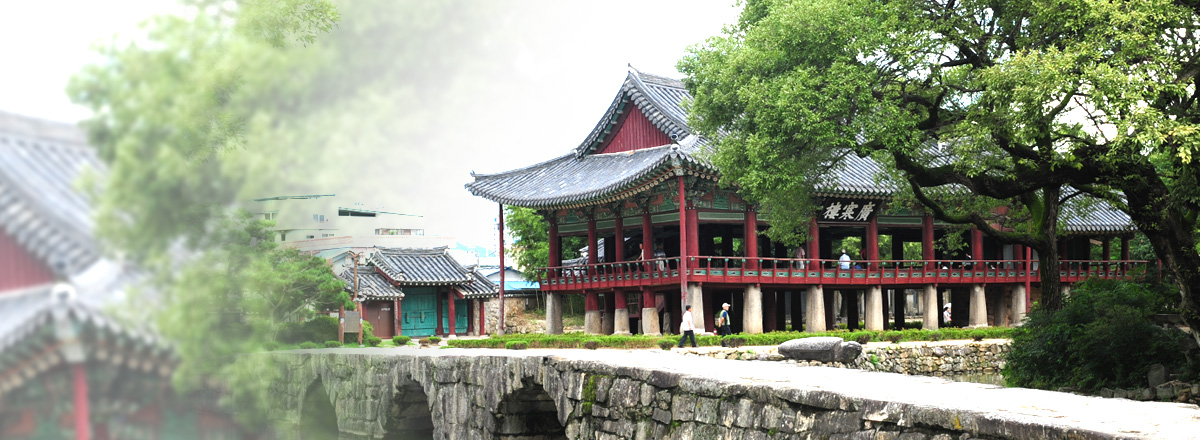
First Scenic SpotGwanghalluwon Garden
Gwanghalluwon is a traditional Korean garden from the Joseon Dynasty, famously depicted as the backdrop in the story of Chunhyang. It is recognized as Scenic Spot No. 33, embodying the ideals of our ancestors who strived to comply and harmonize with nature, creating an earthly paradise akin to the legendary abode of the immortals. The garden's craftsmanship ranks it among Korea’s four great pavilions alongside Gyeonghoeru, Chokseoknu, and Bubyeokru.
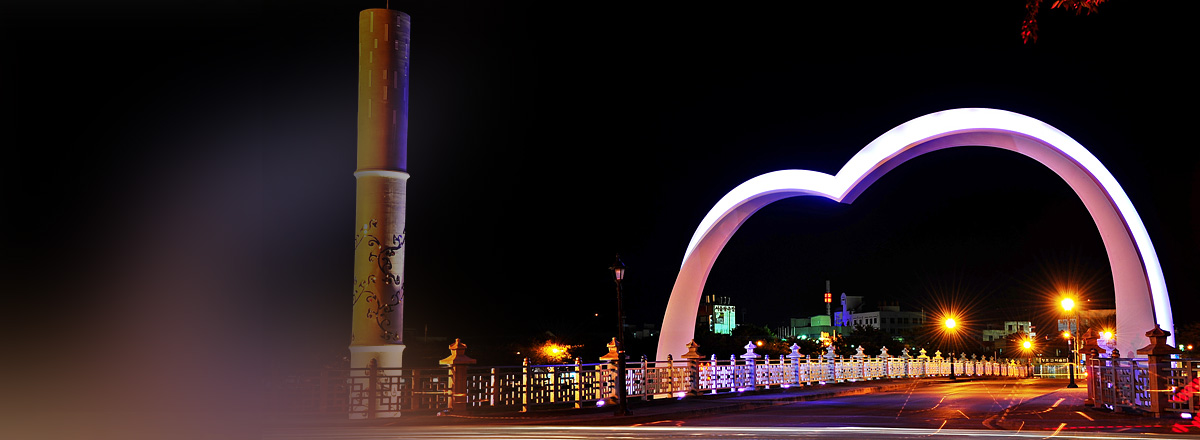
Second Scenic SpotChunhyang Theme Park
Located within Namwon’s tourist area along Yangrim Road, this park covers about 35,000 pyeong (approximately 115,500 square meters) and includes filming locations from Im Kwon-taek’s movie [Chunhyangdyun]. It has been developed into a tourist destination themed around love, allowing visitors to create memories of love, both past and present, through various zones dedicated to meetings, pledges, the movie set of [Chunhyangdyun], and festivals.
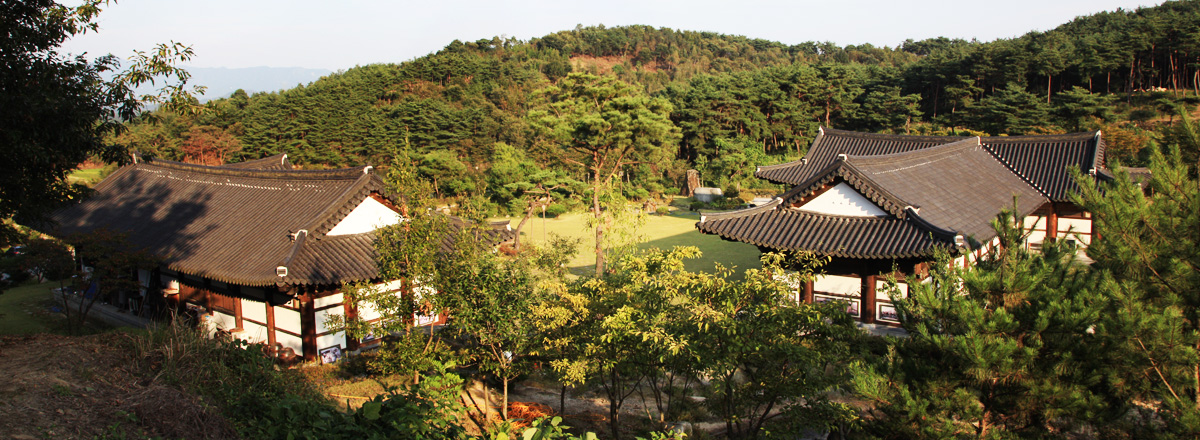
third Scenic ViewsHonbul Literary Museum
This museum is dedicated to the epic novel 'Honbul' by Choi Myung-hee, located in Sabang-dong, Namwon. It consists of an exhibition hall and Ggotshimgwan (a resting area), all housed in traditional Korean Hanok architecture. The exhibition hall displays Choi's handwritten manuscripts and dioramas depicting scenes from the novel, while Ggotshimgwan offers a peaceful retreat with a Sarangchae (guest room) and a Nuwaru (pavilion).
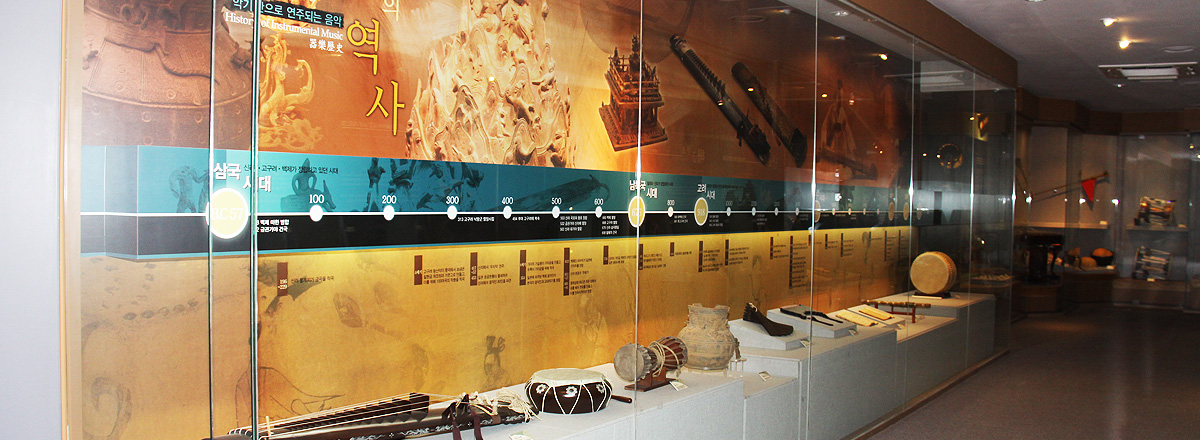
fourth Scenic ViewsCradle of Korean Traditional Music
This site, located in Unbong-eup at the foot of Jirisan Mountain, aims to further the inheritance and development of Korea's precious traditional art, Korean music. It includes the birthplace of Song Heung-rok, a master singer who completed the Eastern Pansori tradition, as well as facilities like a traditional music exhibition hall, practice rooms, an outdoor performance stage, gravesites of notable musicians, and a shrine.
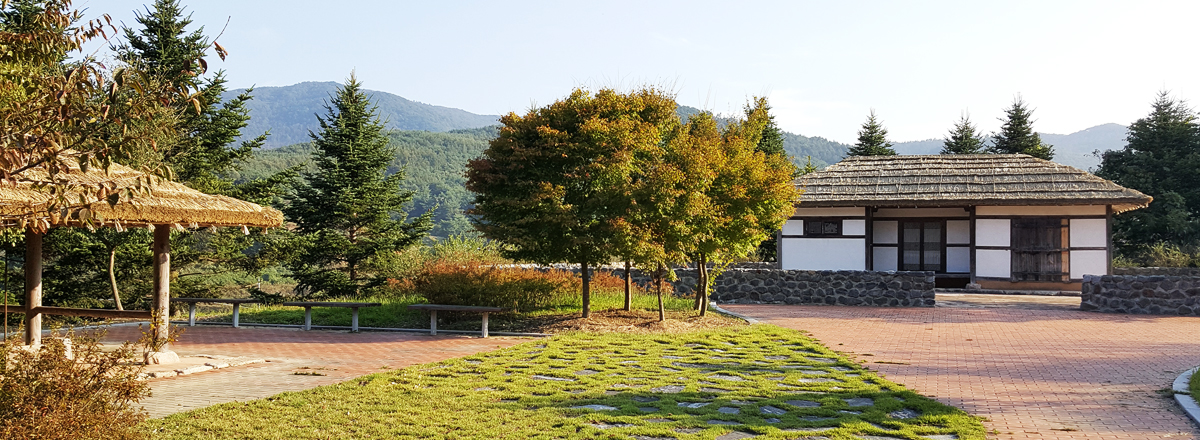
fifth Scenic ViewsHeungbu Village
Located in Seongni Village, Ayang-myeon, this site is the setting for one of the five traditional pansori epic chant stories, 'Heungbu and Nolbu.' The village is identified as the place where Heungbu settled and prospered, based on local legends and toponymy. It has long been associated with the story of Chunboseolhwa, a tale similar to Heungbu's, about rising from poverty to wealth through virtuous deeds. The village commemorates Heungbu each year with the Chunbo Memorial Service held on the January full moon.
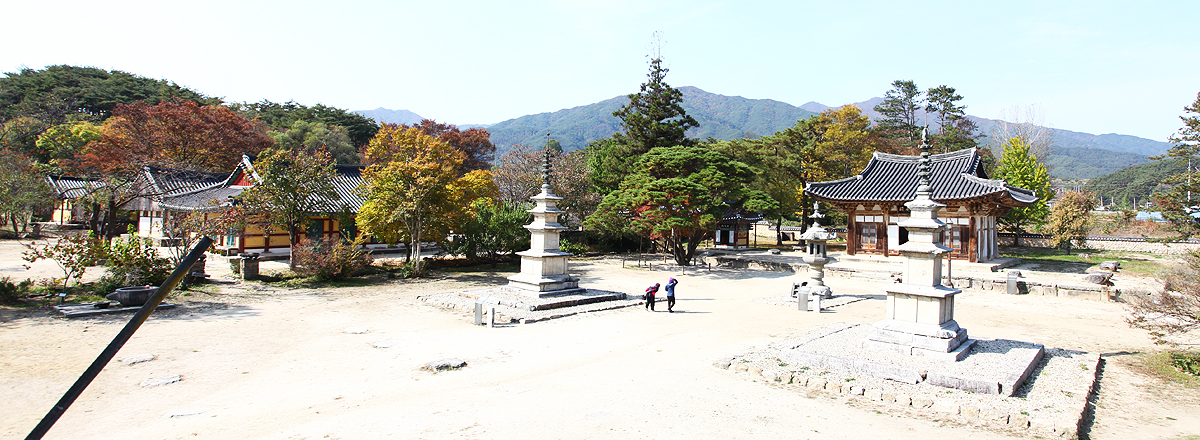
sixth Scenic ViewsSilsangsa Temple
Facing the highest peak of Jirisan, Cheonwangbong, this temple was founded by Monk Hongcheok in 828 during the reign of King Heungdeok of Silla. It was one of the earliest monasteries established under the Gusan Seonmun (Nine Mountains Zen Sect), emphasizing meditation over doctrinal study at the end of the Silla period. The temple, rebuilt under King Sukjong after being destroyed during the Imjin War, holds several cultural assets, including the Baekjangam Three-story Stone Pagoda and other treasures.
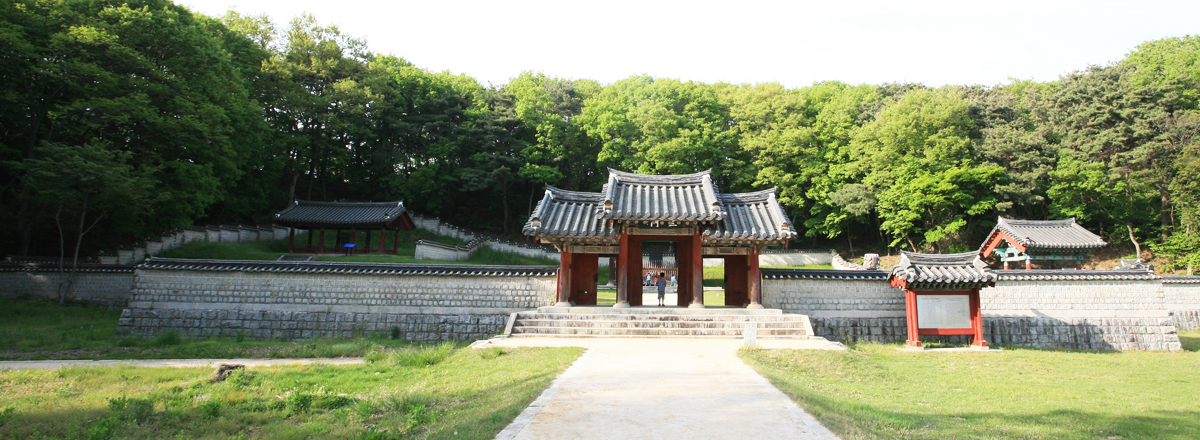
seventh Scenic ViewsHwangsan Battle Monument Site
This site marks the victory of General Yi Seong-gye who defeated Japanese pirates at Hwangsan (Desolate Mountain) during the late Goryeo period. The intense battles led to the establishment of the victory monument, commemorating the complete eradication of the marauding pirates in the area in 1380. This victory is celebrated as the Hwangsan Great Battle.
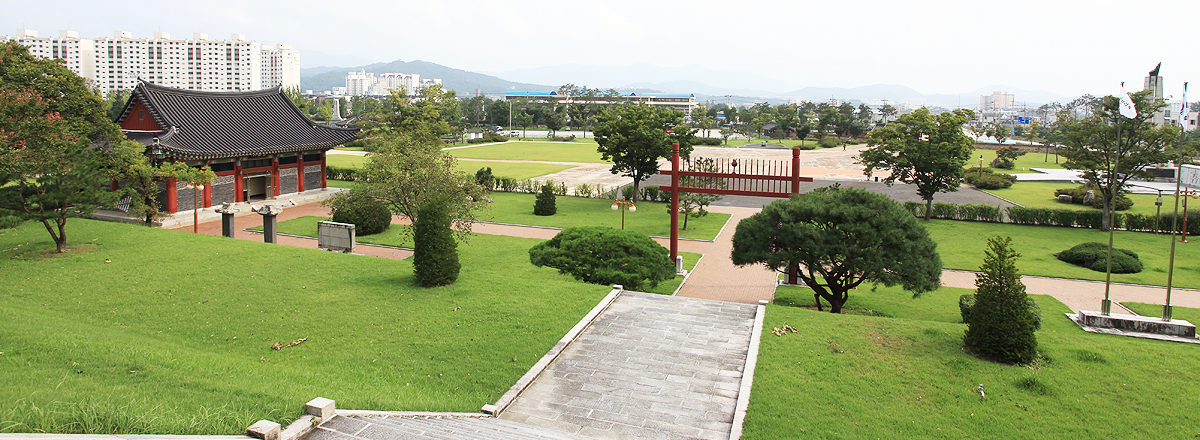
eighth Scenic ViewsManin Cemetery of Righteous Fighters
This sacred site in Namwon commemorates over 10,000 civilian, government, and military personnel who died defending Namwon Fortress during the Japanese invasion in 1597 (Jeongyu War). Despite being heavily outnumbered, the defenders, led by General Yi Bok-nam and Ming Dynasty Deputy General Yang Yuan, held their ground until their heroic end during intense battles from August 13 to 16.
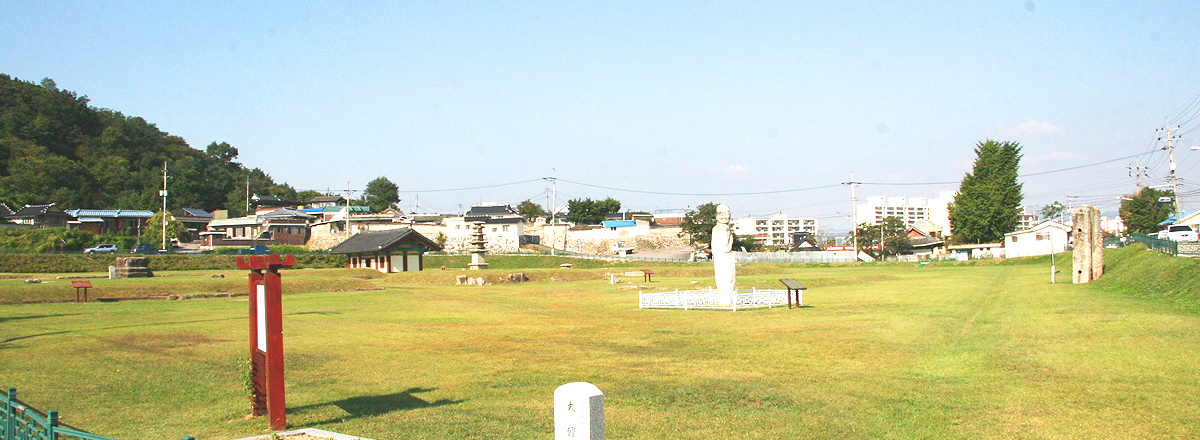
ninth Scenic ViewsManboksa Site
Located in Wangjeong-dong, Namwon City, Jeollabuk-do, the site of Manboksa Temple is situated on a hillside facing a wide plain to the south, with Kirinsan Mountain to the north. The temple was constructed during the reign of King Munjong of Goryeo. According to Volume 39 of the [Dongguk Yeoji Seungnam], a historical geography book, the temple site featured a five-story pavilion on the east and a two-story pavilion on the west, with a main Buddha statue standing about 10.6 meters tall. Historical records from the [Yongseongji], published during the reign of King Sukjong in the Joseon Dynasty, suggest that Manboksa was a large monastery housing several hundred monks, with a main hall and statues housed in two-tiered and five-tiered halls, among other buildings. The temple complex included the Main Buddha Hall, Medicine Buddha Hall, Jangyuk Hall, Yeongsan Hall, Boeung Hall, a bell tower, a Thousand Buddha Hall, an Arhat Hall, and a Hall of the Lords of Hell. However, the temple was destroyed by fire when Namwon Fortress fell during the Japanese invasions of Korea in 1597.
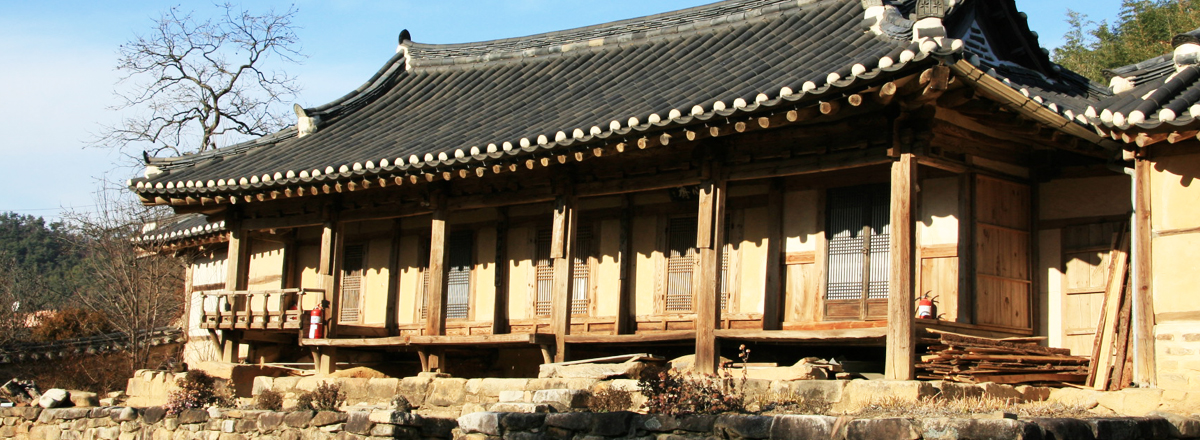
tenth Scenic ViewsMongshimjae
Mongshimjae in Namwon is a well-preserved residence that exemplifies the typical house form of upper-class families in the Jeollabuk-do region during the late Joseon Dynasty. Traveling along Route 19 towards Gurye and then onto Route 60, you cross a low pass and come upon Hogok Village, lined with beautiful pine trees along a reservoir. Mongshimjae is located deep within this village. The house is situated where water from the ashes flows around the front in a circular path. It is said to have been built by Park Dong-sik (1753–1830) in 1700, who chose a warm site at the foot of the mountain.
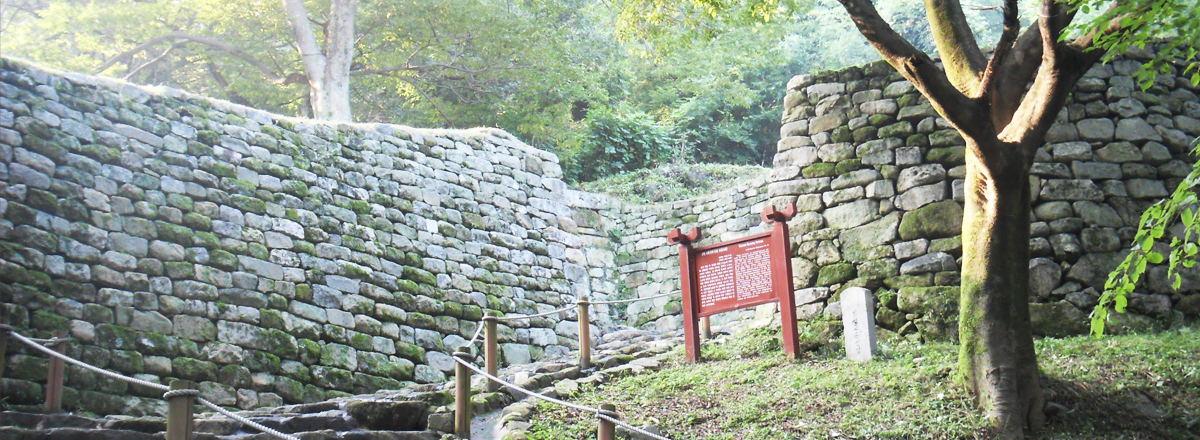
eleventh Scenic ViewsGyoryong Mountain Fortress
This mountain fortress, believed to have been first constructed during the Baekje era, is located on Gyoryong Mountain (518m) in Sankok-dong, Namwon. The stone fortress, with a total circumference of 3,120m, was a site of battles against Japanese forces during the late Goryeo period and the Imjin War. Within the fortress lies Seongoksa Temple, founded in 685 during the reign of King Sinmun.
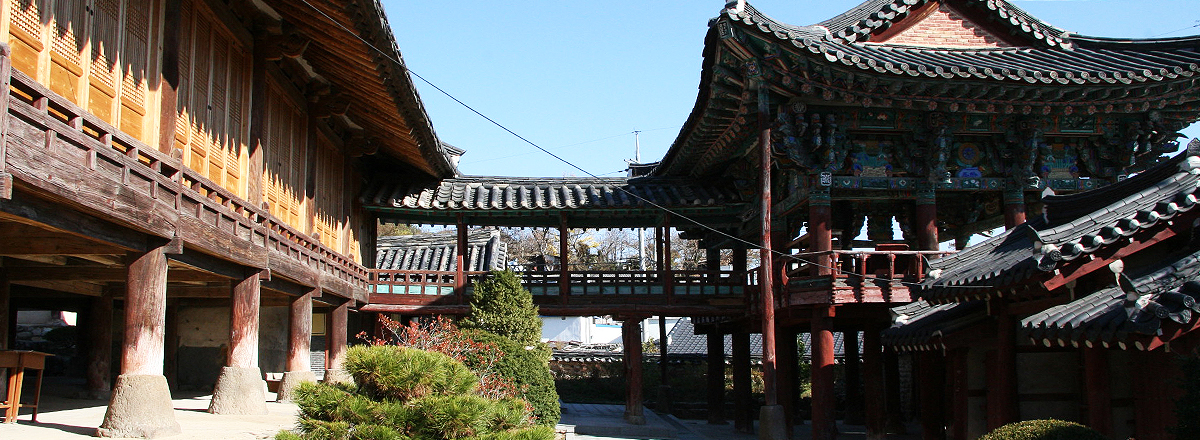
twelfth Scenic ViewsNamwon County School
Constructed in 1410 (the 10th year of King Taejong) on the foothills of Daegoksan (Great Valley Mountain) to the west of the city, the Namwon County School enshrines the spirit tablets of esteemed scholars and serves as a center for local education and moral upliftment. Due to frequent tiger disturbances, it was relocated in 1428 to the east of the city under Deokeumbong (Virtue Shade Peak). After facing frequent obstructions due to flooding, it was moved to its current location in 1443.
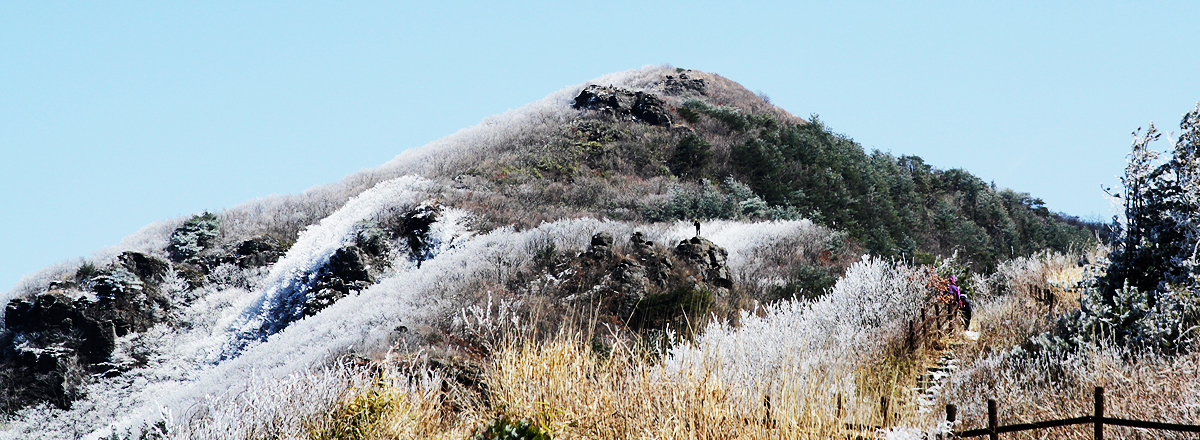
thirteenth Scenic ViewsJeongnyeongchi Pass
Jeongnyeongchi, at an elevation of 1,172 meters, spans over Jucheon-myeon and Sannae-myeon in Jirisan National Park. The pass offers a panoramic viewpoint from its rest area at the summit, providing sweeping views of the eastern Baraebong and Baemsagol valleys, and to the west, Cheonwangbong and the plains of Seseok and Banyabong, along with a distant view of Namwon cityscape.
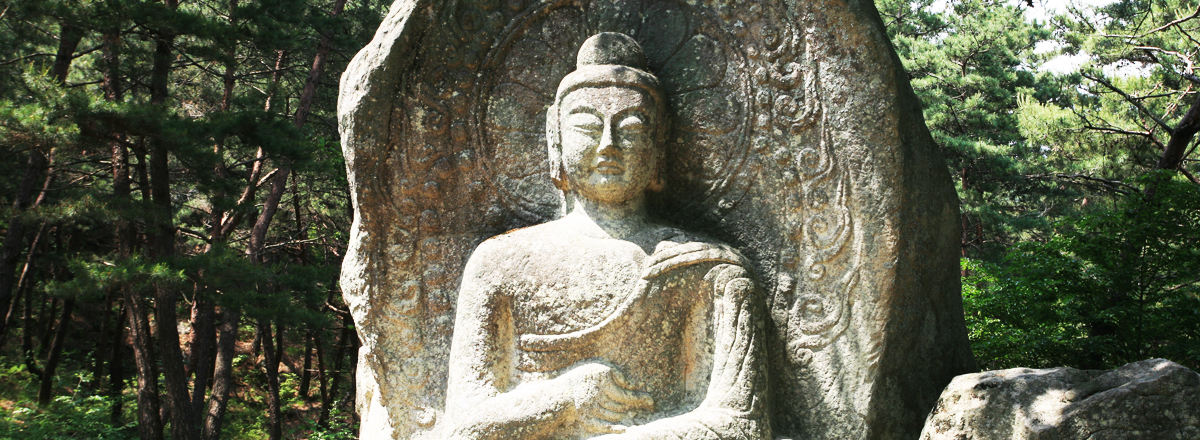
fourteenth Scenic ViewsSin-Gyery Maeyeorae Buddha
Designated Treasure No. 423, this Buddha statue carved into a single rock, stands at 3.4 meters tall and includes an intricately carved halo. Although parts of the nose and both earlobes have been damaged, the overall preservation of the statue is considered good. There are no surviving records of its creation, leaving its historical context a mystery.
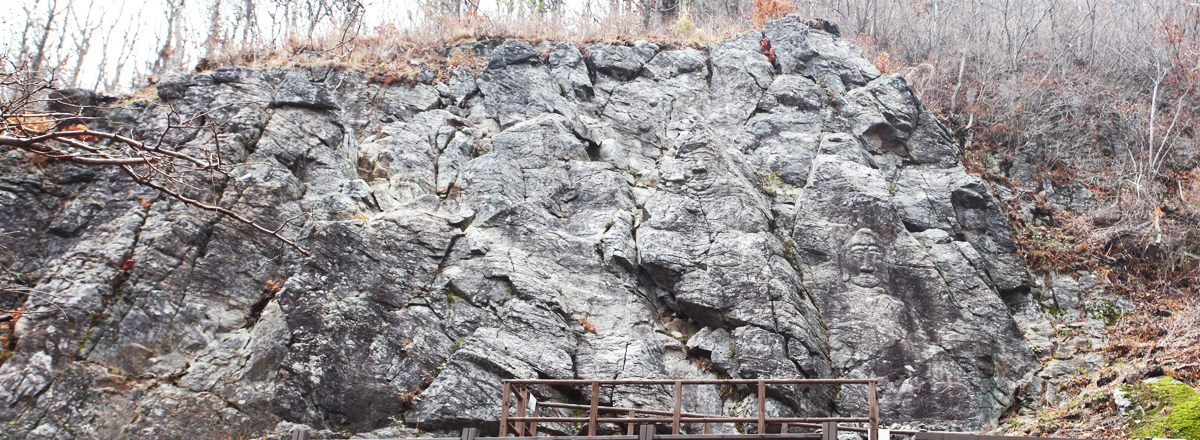
fifteenth Scenic ViewsJeongnyeongchi Maeyeorae Buddha
This group of twelve cliff-carved Buddha statues is located behind the temple site of Gaeryeongam on the cliffs of Jeongnyeongchi in Sannae-myeon, Namwon. The preservation state of three of these statues, including a giant Buddha, is good, and they are inscribed with clear inscriptions, making them valuable for the study of Buddhist cliff sculptures. This group is designated as Treasure No. 1123.
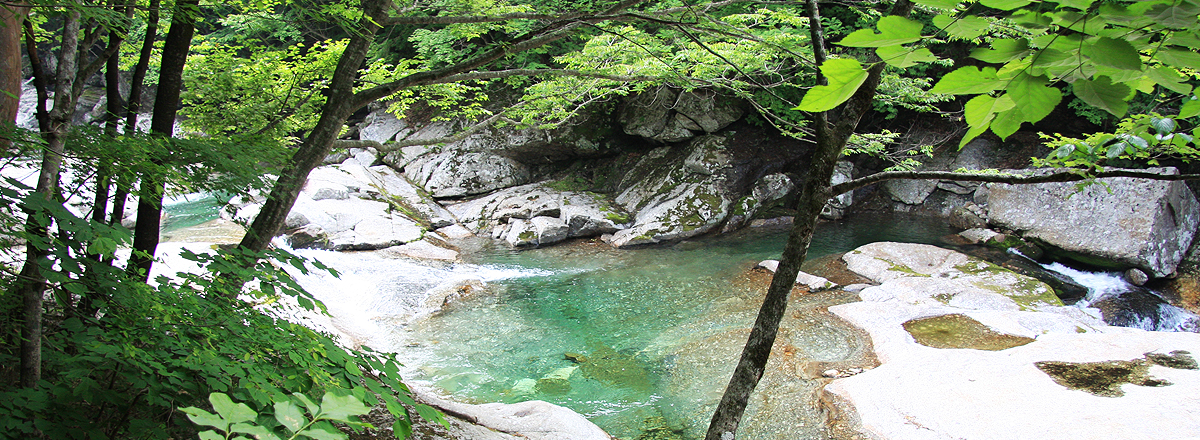
sixteenth Scenic ViewsBaemsagol Valley
Spanning 14 kilometers from Banyabong to Banseon on the northern face of Jirisan within the National Park, Baemsagol is renowned for its picturesque valley beauty. The valley, formed by rugged cliffs, features large flat rocks that can accommodate around 100 people and is dotted with numerous large and small waterfalls and pools.
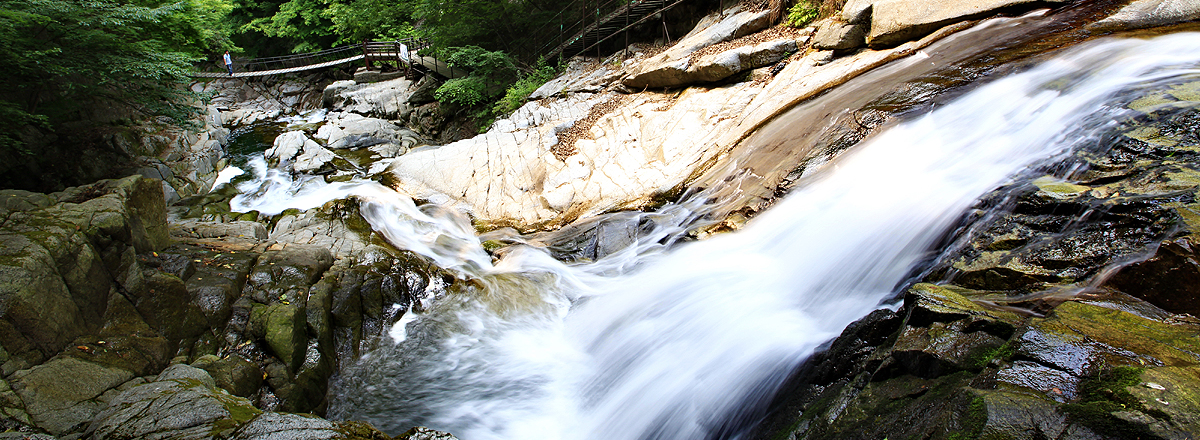
seventeenth Scenic ViewsGuryong Falls
Located in the upper reaches of Guryong Valley, which originates from Manbokdae (1,438 meters) on the western side of Jirisan and flows into Jucheon-myeon, Guryong Falls is also known as Woncheon Falls due to its location on Woncheon Stream.
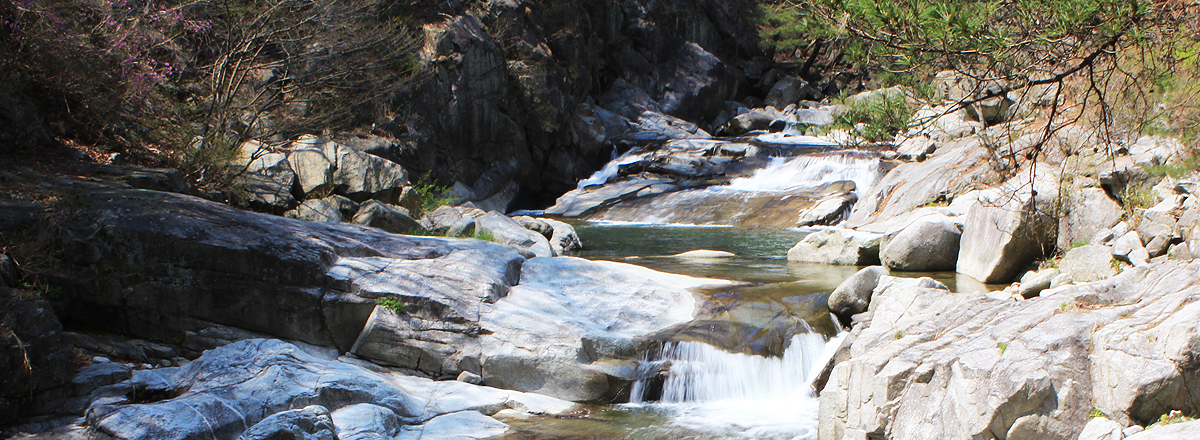
eighteenth Scenic ViewsAdamwon
Originally a landscape nursery, Adamwon has been transformed over the past decade into a beautiful garden. Carefully selected and meticulously maintained, each tree and blade of grass adds to the scenic beauty of the Jirisan foothills, offering a perfect retreat for healing.
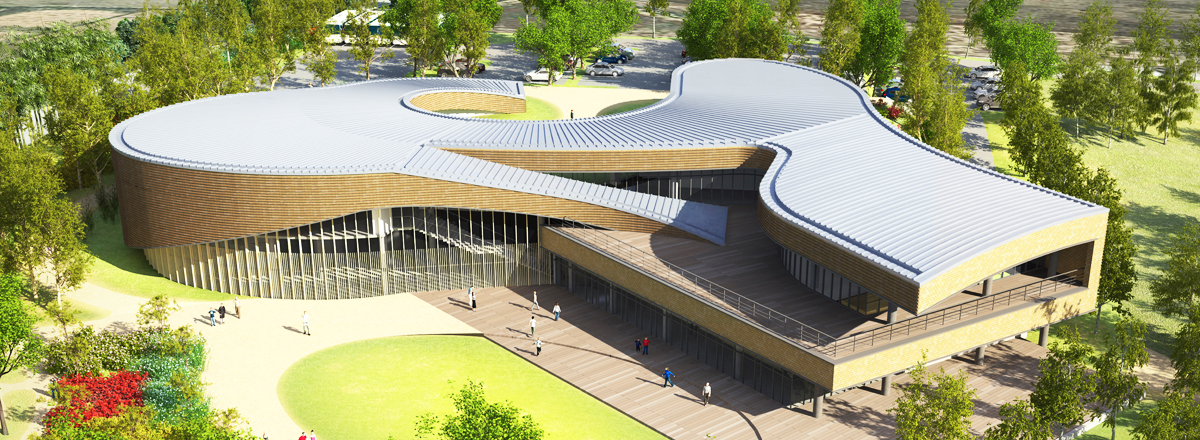
nineteenth Scenic ViewsBaekdudaegan Ecological Education Exhibition Center
Located in Namwon, an ideal place for studying the history, ecology, and conservation of the Baekdudaegan mountain range, this exhibition center features a curvilinear roof that mirrors the map of the Korean peninsula. Inside, visitors can learn, see, and experience everything about the Baekdudaegan, Korea's central mountain spine. Facilities include permanent and special exhibition halls, Honam's first 5D cinema, a cafeteria, and supporting facilities such as an outdoor amphitheater, an insect greenhouse, and sports facilities.
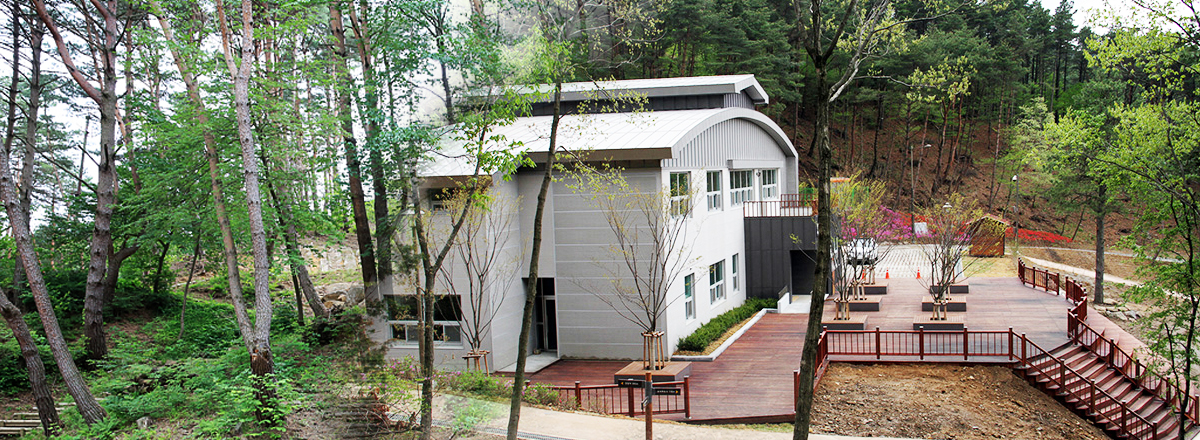
twentieth Scenic ViewsBaekdudaegan Recreational Facilities
Situated at the optimal elevation for human habitation between 600 to 700 meters, these facilities are surrounded by pine forests rich in phytoncides, making them a perfect spot for healing, recreation, and forest bathing. Notably, the first treehouse built in the country is elevated two meters above the ground amidst the cypress trees, offering a serene escape where visitors can enjoy the sounds of summer insects and a restful sleep aided by the naturally emitted phytoncides.
